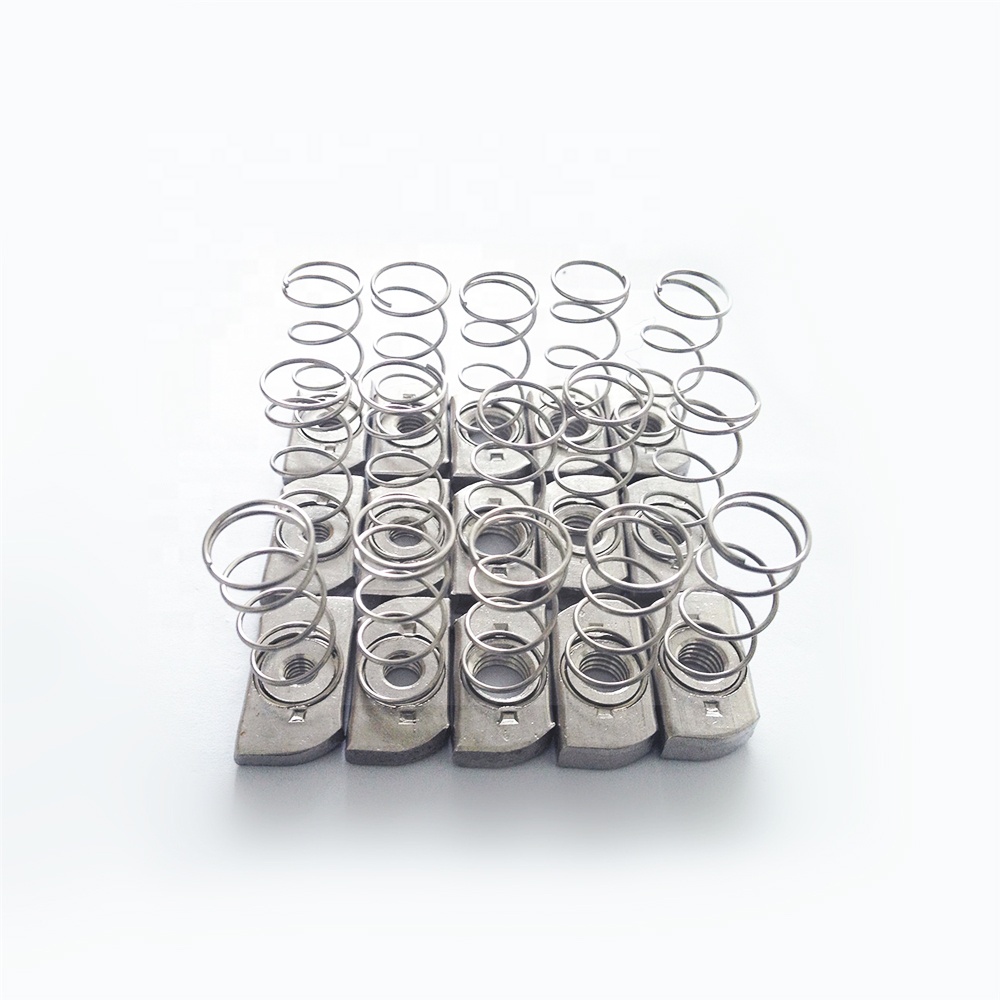With the continuous improvement of people's living standards, in recent years there has been a mass "flower fever". Faced with a wide variety of potted flowers, various problems have followed. The following focuses on the importance of fertilization:
   1 type of fertilizer
   Fertilizer is one of the main sources of flower nutrition, and the soil environment of potted flowers is extremely limited. Unlike the field crops, the whole area is fertilized and requires fine and scientific fertilization. This requires us to first understand the type of fertilizer.
   1.1 organic fertilizer. Organic fertilizer refers to the fertilizer formed by various plant and animal bodies after processing or fermenting, such as human excrement, manure, livestock and hoof, and other corrupt animal plant residues, also known as natural fertilizer. Must be decomposed when used, not fertilized. The advantage is that the fertilizer has a long time, and the long-term application can better improve the soil and loosen and ventilate the soil. The composition of common manure and urine organic fertilizer is shown in Table 1 .
   1.2 inorganic fertilizer. Inorganic fertilizers are mostly chemical fertilizers, such as: superphosphate, urea, potassium nitrate, etc., and chemical fertilizers such as ferrous sulfate and magnesium sulfate, which are commonly used in China, are also called chemical fertilizers ( fertilizers ) . The advantage is that the fertilizer is fast, but the long-term use is not conducive to improving the physical and chemical properties of the flower soil.
   1.3 nitrogen, phosphorus, potassium fertilizer
   1.3.1 Nitrogen fertilizer. Such as: human excrement, manure, urea, etc., its function is to promote the flowering branches.
   1.3.2 Phosphate fertilizer. Such as bone meal, surimi, superphosphate, etc., its function is to promote the flowering results of flowers.
   1.3.3 Potassium fertilizer. Such as plant ash, potassium sulphate, potassium chloride, etc., its function is to promote the flower stalks are thick and firm, and the root system is developed.
   2 fertilization method
   2.1 base fertilizer. Base fertilizer refers to the base fertilizer placed in the bottom layer of the potting soil, such as bean cake, fish bone meal, etc., pay attention to the root system can not directly contact the fertilizer.
   2.2 topdressing. Top dressing can be divided into root top dressing, soil top dressing and air top dressing. Among them, topdressing is particularly important. It is to dilute chemical fertilizers or some trace elements and spray them directly on the leaves. Its main advantages are: low dosage, fast onset, not fixed by soil, and not affected by root absorption ( commonly used chemical fertilizers and concentrations are shown in Table 2) . The effect of top dressing on different flowers is different, and the effect is different.
   2.2.1 Flower viewing flowers. Such as chrysanthemum, camellia, etc., after spraying 1% superphosphate solution, the leaves are green and open in advance.
   2.2.2 Fruit viewing flowers. Such as kumquat, pomegranate, etc., spray 0.1% potassium dihydrogen phosphate after flowering , can prevent fruit drop, and promote fruit rich and fat.
   2.2.3 One or two years of grass flowers. The string of red, petunias, superphosphate and after spraying 0.5% 0.1% urea solution, seedlings leaves pure, robust growth; 1 then ejected before flowering, the flowers and leafy.
   2.2.4 foliage flowers. For example, African Jasmine, Hulk, etc., can spray 0.2% ~ 0.5% ferrous sulfate, which can promote the bright green color of the leaves.
   3 reasonable fertilization
   Reasonable fertilization means paying attention to timely and moderate.
   3.1 pay attention to the season. Spring and autumn are the prosperous periods of flower growth. Roots, stems and leaves grow, flower buds differentiate, and young fruit swells. More fertilizer is needed, and more topdressing should be applied. In summer, the temperature is high, the water evaporates quickly, and the flower grows prosperously. The concentration of applied fertilizer should be small and diligent. In winter, the temperature is low, the plants grow slowly, and most of the flowers are in a stagnant state, generally not fertilized.
   3.2 Note the type. Such as azalea, camellia and other southern flowers avoid alkaline fertilizer; sweet-scented osmanthus, camellia, pig manure; annual re-cut flowers need to increase the proportion of phosphorus, potassium fertilizer, to send new branches; leaf-oriented, focusing on nitrogen fertilizer; Fruit-based, proper control of fertilizer and water during flowering; bulb flower, more phosphorus, potassium fertilizer, in order to facilitate the enrichment of the bulb. In addition, an appropriate amount of fertilizer is applied during the flowering period.Spring nuts are one-piece, self-locking nuts that secure screws and prevent them from loosening due to vibration. Long spring channel nuts are used to secure screws in framing channels, cable management conduits, and ducting systems.
The nut has an oblong seat for a bolt having an axial insertion opening for the bolt and a holding section for the bolt, where the nut completely encloses the seat on a front wall opposite to the insertion opening in peripheral direction. A cylindrical outer wall is closed in the peripheral direction, and an inner wall encloses the seat on a front face and partly encloses in the peripheral direction. The inner wall includes two radially resilient shackles , which extend in the longitudinal direction of a cylinder.

Spring Nut,Spring Lock Nut,Channel Spring Nut,Stainless Steel Spring Nuts
Taizhou Risco Stainless Steel Products Co.,Ltd , https://www.riscofastener.com